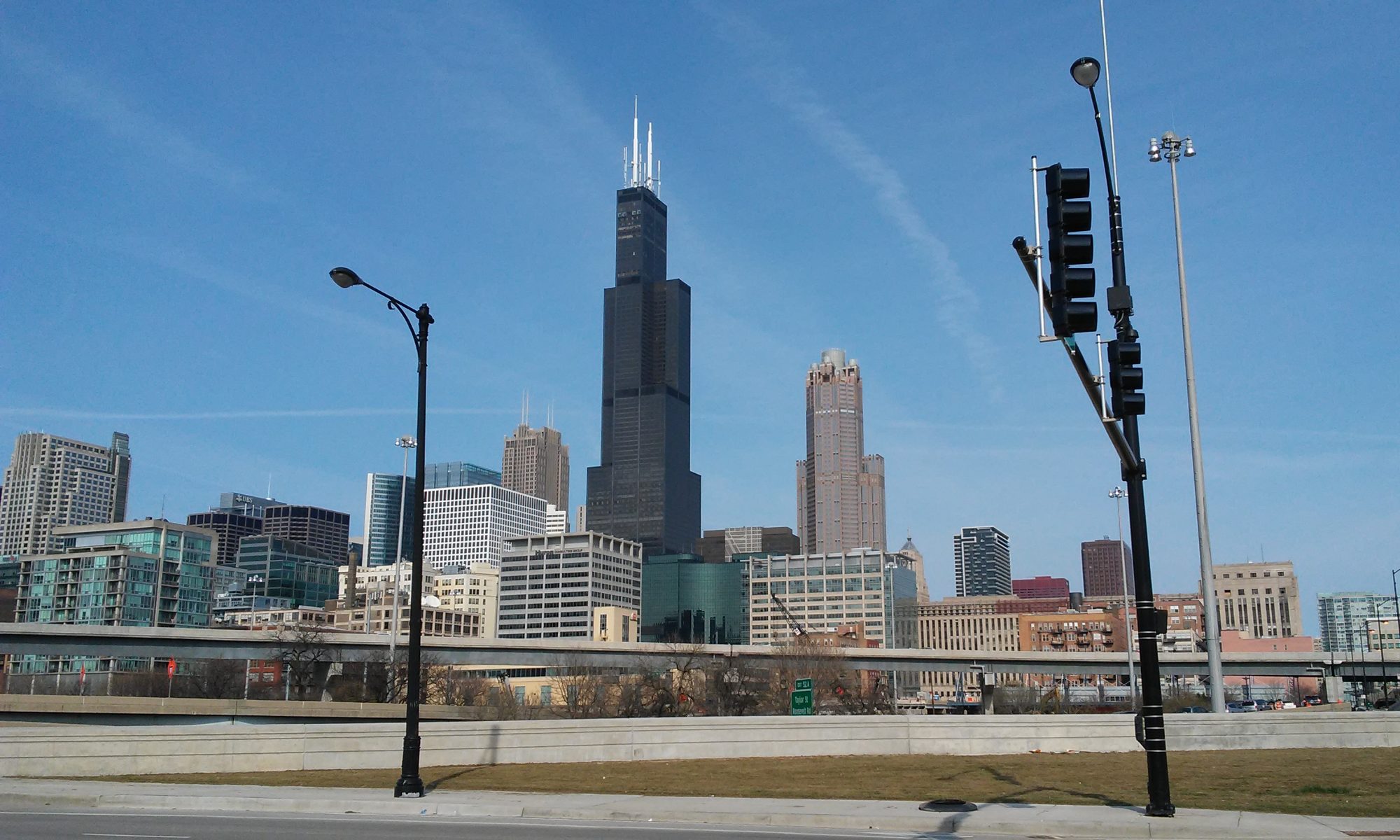https://www.helpfulgardener.com/
Link to the article:
https://www.helpfulgardener.com/organic/organic-gardening/
Full text below
Why Organic Gardening Matters
What does Organic Gardening Mean?
When man started farming and raising plants, organic was all there was. You put humus (partial/fully decomposed plant or animal material) back into the soil to maintain fertility and you farmed until the soil gave out. But farming was at the subsistence level, so not a big deal; they moved on when the soil gave out.
Mass Production Comes to the Farm
Then as farming became organized, we didn’t want to move around as much. People learned to rotate crops and use green manures and leave fallow areas to help keep the soil healthy. Fast forward to modern times: With the Industrial Revolution came a mass move to the cities and very few people producing most of the food. The tractor answered the biggest part of the labor issue and deep plowing helped with fertility, but fertilization was still very labor intensive as it required huge quantities of manure to get the yields to feed burgeoning cities.
Better Living through Chemical Fertilizers?
Then in 1918 a German scientist named Fritz Haber was awarded the Nobel Prize for Chemistry for synthesizing ammonia. Unfortunately Herr Doktor Haber’s work was more focused on munitions, but the process eventually led to producing nitrogen based fertilizers (This follows the natural path of ammonia from decomposition being turned into nitrite, and then to nitrate by little organisms known as nitrobacters). Suddenly hyper-fertility was possible; the land could be made to produce far beyond what it had been capable of. Many thought that better and better chemicals would surely help feed the planet.
Exhausting the Soil
As the Okies of the Dust Bowl found out, this was no magic bullet. Higher yields and deeper plowing burned out the soil faster than ever. More fertilizer was required just to maintain yields at a current rate, and then when the weather turned bad, the depleted, lifeless soil simply began to vanish in the air as dust storms blasted through. When it did rain the dust would hold the moisture to the surface so that yet more soil ran into streams and rivers. Even in the Midwest, the topsoil of a thousand generations of prairie plants was disappearing at an alarming rate.
How Synthetic Fertilizers Damage the Soil
Farmers were getting decreasing yields and having to spend more and more to get even those. Soil conservation districts sprang up to advocate contour plowing and fallow areas, but the real underlying problem, one that continues to today is simply this: The chemical fertilizers are made from ammonia salts. Synthesized nitrogen is salt based, and anyone familiar with what salt build-up does to soil knows that isn’t a good thing . For those not familiar, since Roman times salt has been used to eliminate soil fertility PERMANENTLY. They salted Carthage when they conquered it and today modern Libya is still a desert, despite the descriptions of Carthage as some of the most fertile areas around the Mediterranean.
How Chemical Fertilizers Harm Plants
So when we use chemical fertilizers, we sacrifice long term fertility for short term gain. But it’s good for the plants, right? Not really. Parts of the soil flora are strains of fungi known as mycorhizii, Latin for little roots, and this name doesn’t miss the mark by much. Many of these fungi do just that for our plants, acting as fibrous roots. Many actually form symbiotic relations with the plants, actually meshing at a cellular level to bring nutrients, water, and carbon dioxide, all depending on which particular fungus we are talking about. Some plants can do okay without these fungi, but some, notably many of our wildflowers, have very specific mycorhizal needs and can’t live without them, and all plants benefit from the exchange. So we are sacrificing that along with long term fertility.
Why Non-Organic Fertilizers are Less Effective as Organic Fertilizers
Here’s the other thing about water-soluble nitrates, they’re water soluble. That means as soon as it rains, as soon as we water, the fertilizer we put down is really going down, washing through the soil profile to ground water. Well, that’s why trees have deep roots, right? Nope, trees have deep roots to anchor them, but tap roots do very little to feed trees. Even the mighty oak, seventy feet tall with a tap root half that length does all of its feeding in the top foot of the soil profile. Mother Nature feeds by decomposing materials on top (carbon based materials; try dissolving a piece of charcoal sometime) that slowly permeate and help build the soil.
How Non-Organic Fertilizer Harms the Soil’s Viability
Worms and ants help to slowly till and aerate that top layer, speeding decomposition and creating aerated habitat for mycorhizii. Chemical fertilizers kill worms as well as mycorhizii so we eliminate yet another part of the chain. But the nitrates aren’t done yet. They move into our ponds and streams, causing algal blooms that create stagnant conditions that kill all plant and fish life, thus hurrying the eutrophication process (when lakes become ponds become bogs become meadows, a very natural process over decades, but not so natural inside a decade).
How Non-Organic Gardening Harms Your Community
The EPA determined that non-point source pollution is the leading cause of water impairment in the United States. That is to say, no open pipes from chemical companies, no spills from refineries, no industrial source did anywhere near as much polluting as we the people. Estuaries, the sensitive area where river meets ocean is an incredibly prolific breeding area for bird, riverine, and marine creatures. Urban run-off was the leading cause of pollution in estuarine areas in 2004.
Sure some of that is oil from roadways or pet wastes, but an increasing use of everyday fertilizer and pesticide use counts for much of our run-off problem (Did you know that because of all the impervious surfaces like cement and asphalt, the average city block has nine times the run-off of the same-sized wooded area?) So the question is why do we continue to use these products?

